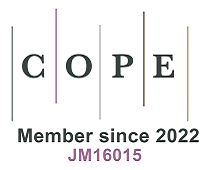Deciphering the metallic zinc anode interface: multimodal characterization strategies for zinc-ion batteries
Abstract
Aqueous zinc ion batteries have emerged as promising candidates for next-generation energy storage systems due to their inherent advantages of cost-effectiveness, operational safety, and environmental compatibility. Nevertheless, critical challenges including zinc dendrite formation, parasitic corrosion reactions, hydrogen evolution, and unsatisfactory Zn2+ diffusion kinetics continue to hinder their commercial viability. To address these limitations systematically, recent research efforts have focused on developing comprehensive mechanistic analyses through advanced characterization methodologies. This review presents a critical evaluation of state-of-the-art analytical techniques for aqueous zinc ion batteries investigation, encompassing fundamental principles, operational protocols, and practical applications across various research scenarios, thereby establishing a robust methodological framework for future studies. The discussion commences with an examination of conventional characterization approaches that provide essential baseline information regarding electrode morphology and electrochemical behavior. Subsequently, we introduced in-situ analytical platforms combining three-dimensional visualization techniques, multi-modal spectroscopic characterization, and dynamic electrochemical monitoring systems. These advanced operando characterization tools enable real-time observation of interfacial evolution and transient reaction processes, offering unprecedented insights into battery failure mechanisms at multiple scales.
Keywords
Aqueous zinc-ion batteries, Zn anode, interface, characterization technique
Cite This Article
Zhao j, Tang j, Zhang k, Huang S, Tang H, Hui J, Li Y. Deciphering the Metallic Zinc Anode Interface: Multimodal Characterization Strategies for Zinc-Ion Batteries. Microstructures 2025;5:[Accept]. http://dx.doi.org/10.20517/microstructures.2025.27













